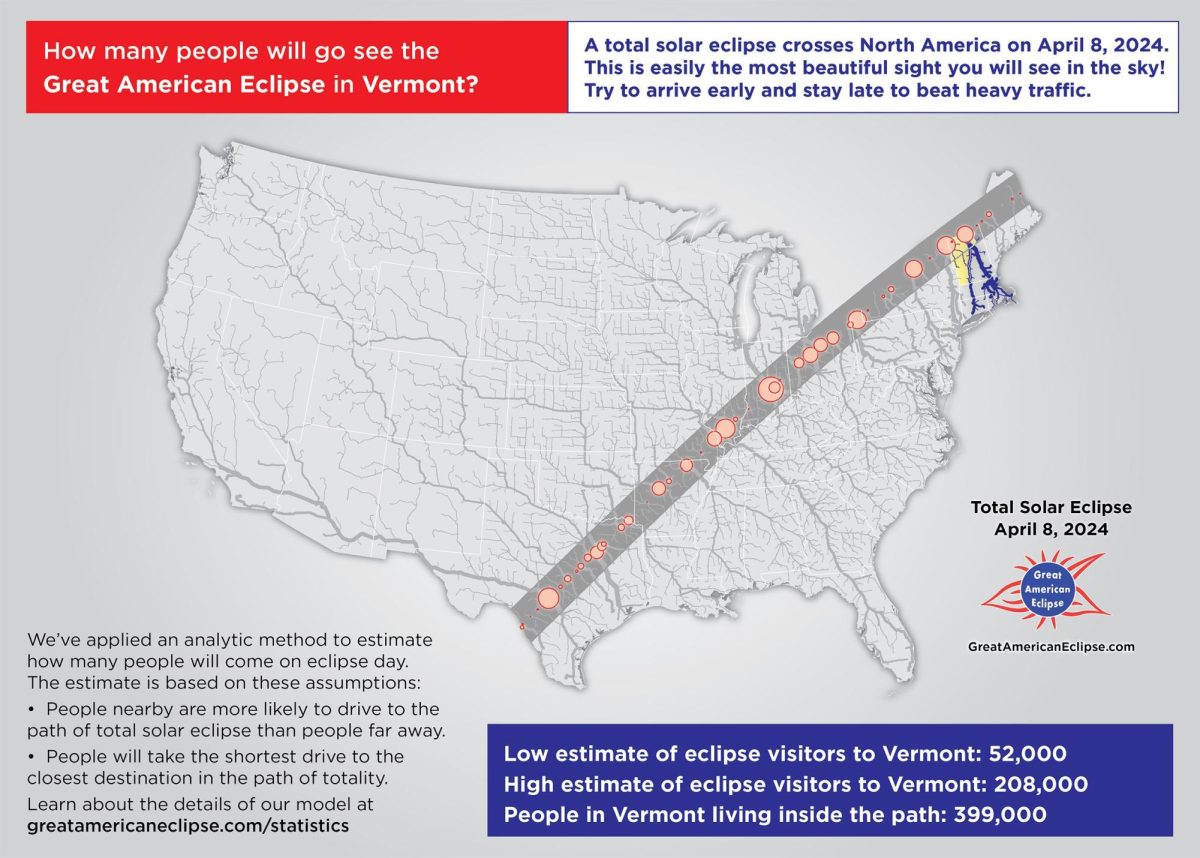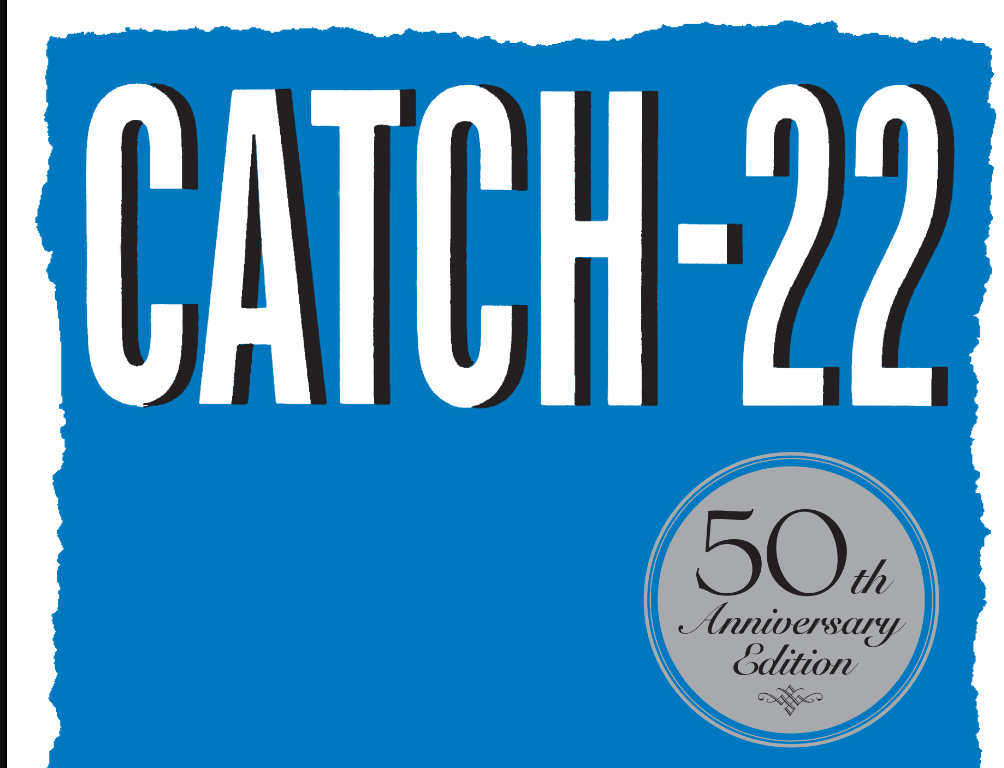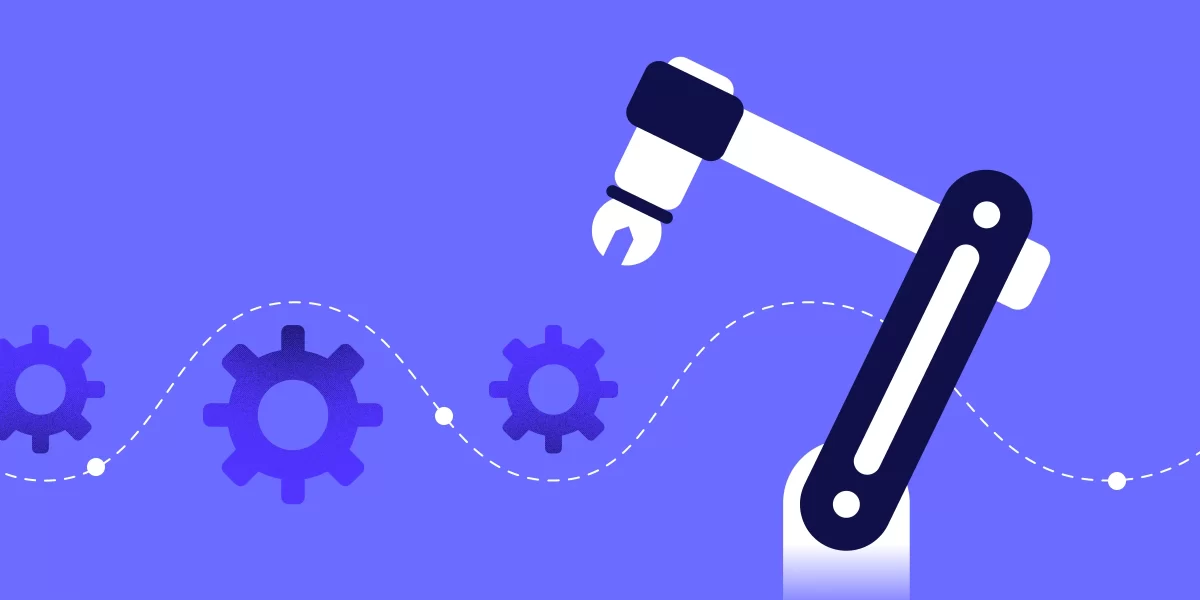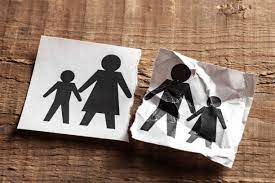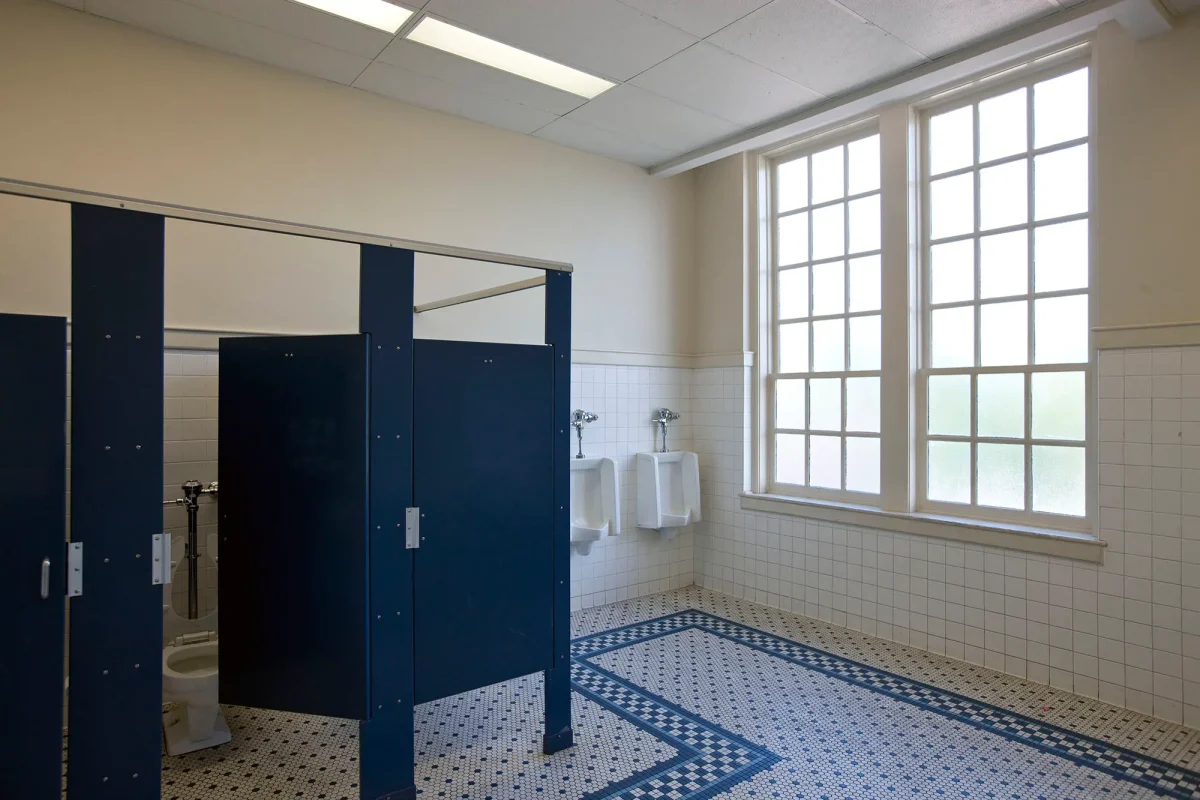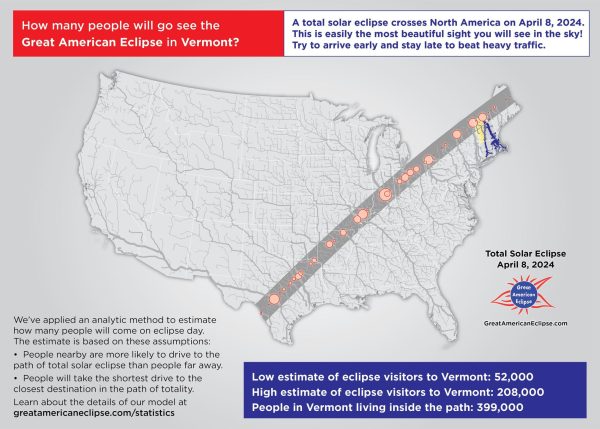Inflation: Explained

Wherever you go nowadays, you notice things cost more. You see people buying less, and are complaining more. This is due to higher than normal inflation. When there is high inflation, the dollar is worth less than it used to be. Inflation has been a major problem throughout the history of economies. During the Revolutionary War, the British tried to inflate the U.S. currency because it would cripple the economy. In more recent history, inflation has led to a weakened period of the economy. Inflation hits everyone very hard; the richest will lose the most money, the poorest will struggle to get by, and be unable to get ahead, and the middle class will have the savings they’ve accumulated for later in life eaten away. If you are still making the same amount, but each dollar is worth less, it is as if you’ve gotten a pay cut. This means you will not be able to save money, and if you tap into your savings, they are not worth as much as they were. Inflation hurts everyone, and is often a precursor for economic downturn, which causes even more harm.
Inflation is calculated using the Consumer Price Index (CPI), which is used by the Bureau of Labor Statistics to determine the year over year inflation rate. The September CPI recorded: 8.2% inflation overall, with the energy category up 19.8%, fuel oil up 58.1%, food up 11.2%, apparel up 5.5% over last year, airfare up 42.9%, and new and used vehicles up 9.4% and 7.2% respectively. These numbers are very alarming, if you look at examples. A flight last year that was $200 dollars is now going to cost $285. Fuel oil is over 50% more than it was the previous year. These numbers go across the board, and not a single category is down.
Historically, inflation has been generally lower than it is now, but there have been exceptions. According to the U.S. Inflation Calculator, which has inflation data for every month since 1914, the four highest years of inflation were from 1917-1920. This range was the second term of President Woodrow Wilson. There was a 56.2% inflation rate between those dates. Another period of heightened inflation was under President Jimmy Carter. This was the most recent period during which inflation was higher than it is now. This was a culmination of rising inflation from the late sixties into the seventies. The year 1980 saw a 13.5% increase over the 11.3% from 1979, and that was on top of 7.6% inflation from 1978. When inflation reaches a very high rate, the Federal Reserve is forced to raise interest rates to slow down the economy to curb inflation.
The Federal Reserve is tasked with being the last resort on the economy. The Federal Reserve is like a bank for banks, and this means that they can use interest rates to cause inflation to go down, or lower rates to speed up the economy. When interest rates are low, people are more apt to take out a loan, and when rates are high they are more apt to use money they already have, or not spend extra money at all. Because the banks borrow money from the Federal Reserve the interest rate used by the Federal Reserve will help determine what banks charge for their interest rates. This system enables the government to be able to put inflation in check. Sometimes they have to aggressively raise interest rates to combat inflation. According to Macrotrends, a website that compiles historical financial data, in June of 1918, the interest rate was 19.83%. Whenever there is an economic recession, the Federal Reserve will lower interest rates to help the economy grow again. For example, the last three major drops in interest rates recorded by Macrotrends were the September 11th Recession, the Great Recession of 2008 and the Covid-19 Recession. All three of the recessions were followed by a drastic drop in the Federal Interest Rate.
This context sets up what we are experiencing in the economy today. There are currently very high inflation numbers, and the Federal Reserve is raising interest rates. According to the Federal Reserve, during this year the Federal Reserve raised the interest rate 3% prior to this the interest rate was between .25% and .5%. They have done this in five separate raises. It is not improbable that they will continue to do this until inflation lowers. This means that inflation will slow and lessen, but it also means the economy will slow down as well. There is currently a dispute on whether or not we are currently experiencing a recession, looking at the data from Macrotrends it is obvious that there is a correlation between a rise in interest rates and a recession. However, if there is a recession and high inflation interest rates continue to rise, the countermeasures taken by the Federal Reserve would cancel each other out.
The economy is looking in dire straits. Inflation is very high and everyone is feeling the effects of that. Then there are the rising interest rates, which are a sign of even more economic downturn in the future. This means that people’s concerns about the economy now are justified, but the worst may be yet to come. There are almost no certainties with the economy, but if you examine the data from now and historically, there is a noticeable pattern that does not look hopeful.
Matthew Poginy is currently a sophomore at Lake Region Union High School. This is his first year writing for the LR Post. He is the lead writer of the...



